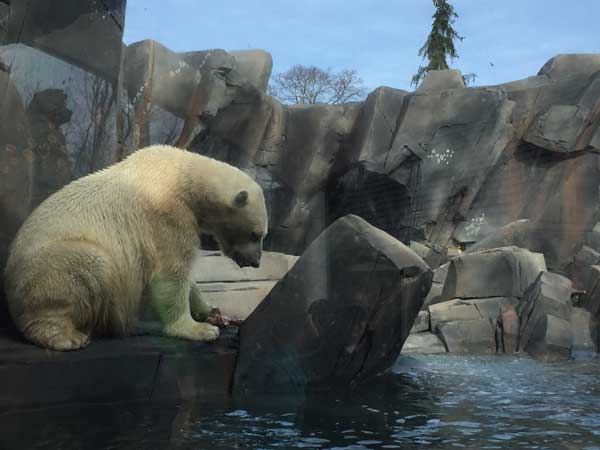
One of the most exciting recent trends is the growth of zoos into beautifully themed destinations. They’ve slowly evolved for decades, but we have really seen a major step forward in the past few years. Observing animals in cages has gone by the wayside. They’re still contained in an enclosed space, and I recognize this does not sit well with some guests. Even so, the upgrades have moved a long way toward crafting spaces that feel natural. The animals have room to wander and interact with their environment while guests experience more than just a static viewing.
A prime example is the Saint Louis Zoo, which has transformed into a stunning destination for more than just locals. In 2012, the zoo opened the Sea Lion Sound and gave a new perspective beneath the water. The walk-through tunnel has more in common with Sea World than the old-school zoo. That was just the tip of the iceberg (pun intended).
This June, McDonnell Polar Bear Point arrived to offer an even more involved experience. Designed by PGAV Destinations and built by Alberici Constructors and Rhodey Construction, the 40,000-square-foot space cost around $16 million. Let’s explore this remarkable new exhibit!
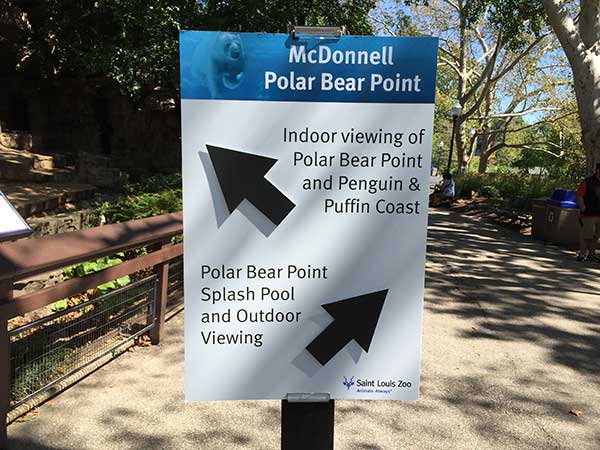
A Diverse Collection of Views
What’s immediately evident with this space is the wide range of viewing areas for spotting Kali, the 2 ½-year-old polar bear. Entering directly from the nearby Penguin & Puffin Coast, you first come upon the Bear Den Crawl looming above the space. It’s a great spot to grab a much different view than you might expect. The small area allows kids (and some adults) to feel like they’re adventuring into a private nook over the habitat. This cool observation point sets the tone for each portion of the exhibit.
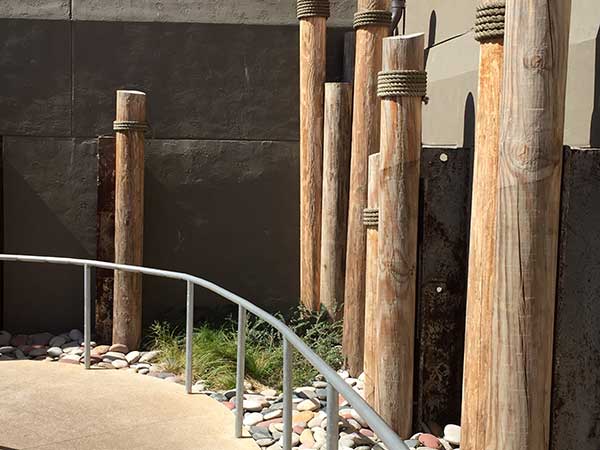
The next section is the short Polar Bear Pathway, which builds the idea you’ve ventured into an Artic canyon in Alaska to meet Kali. There’s even a snowmobile and small boat to enhance the environment. This section feels more like a queue to a theme park attraction than a zoological exhibit. Details like wooden posts and nearby rock work build the sense of anticipation as you stroll towards the larger viewing areas. The wide path creates a relaxed feeling that’s crucial to selling the story.
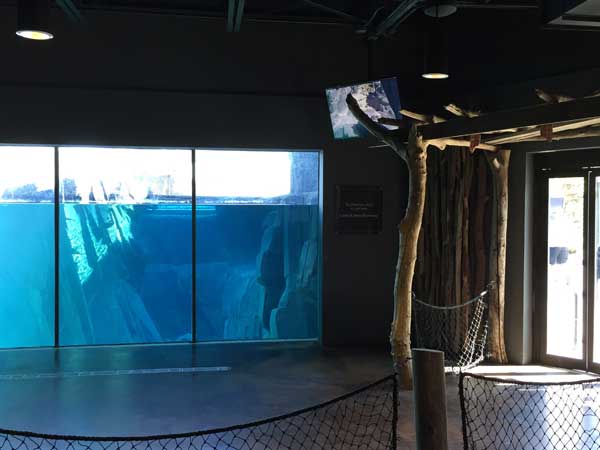
A Close Perspective
The area’s highlight is the arctic cave room, which brings you up close to the polar bear’s dive pool. The large indoor room does more than just offer an incredible view of Kali in the water. It also builds the sense that you’re part of a journey to Alaska. Color photos line the wall on the left as you enter the small queue. They include shots of wildlife and the snowy wilderness that set the right sense of place. The color images come from Wales and Anchorage in Alaska and have room to breathe in a quiet setting.
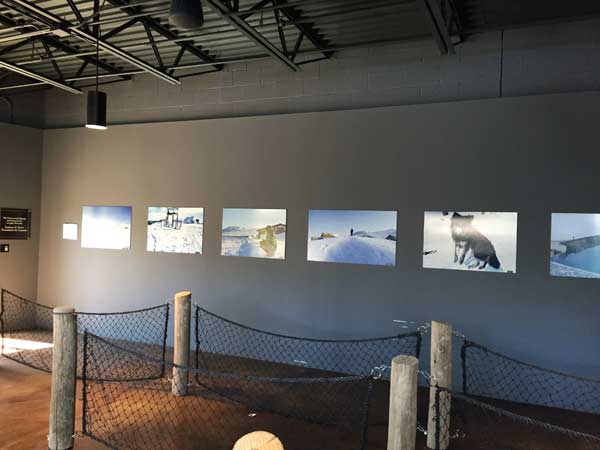
Polar Bear Point also includes several video screens presenting tales from the Alaskan wild. Hearing from the state’s inhabitants again develops the story beyond the polar bears. These screens also keep guests engaged on busier days as they wait for a better view. I visited multiple times at slow times, but it was still a nice touch. The netted queue and wooden posts help to avoid the concrete feeling of most attraction lines. They tell a story yet avoid crowding the room with too much decor.
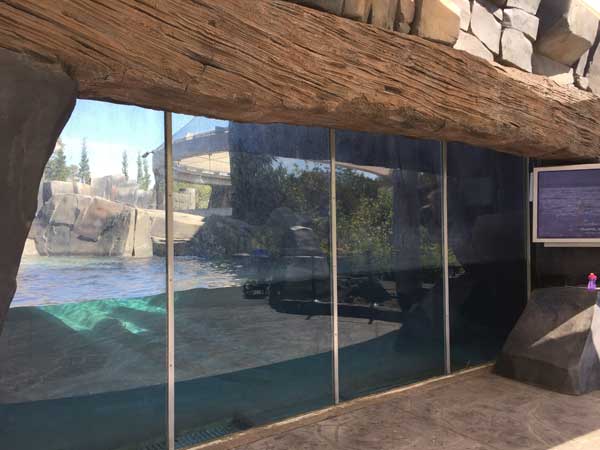
A Highly Themed Experience
Heading back outside, our next stop is the exterior view of the large splash pool for a completely different perspective of the water. Nearby are the Moraine Habitat and its glass panels, which give a wide look at the dry land portion. The rock work is quite impressive and shows a real attention to detail. There are also multiple video screens throughout the exhibit that show what’s happening in other sections. They allow you to pinpoint exactly where Kali is located and not wander aimlessly searching for him.
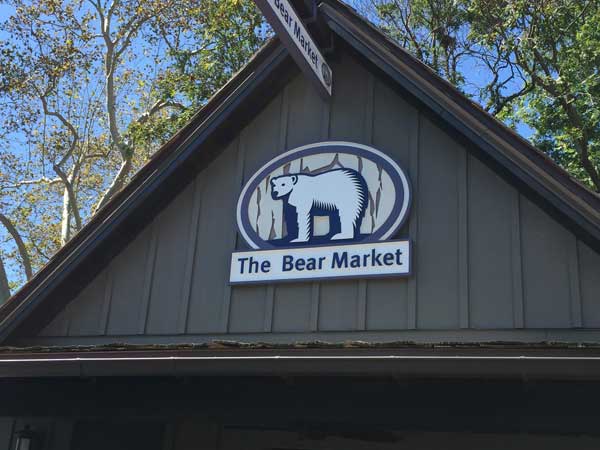
I should also mention the large gift shop that’s located directly adjacent to the splash pool. The Bear Market is a free-standing structure placed in just the right spot to maximize foot traffic. I had no interest in shopping yet almost caved because I was so immersed in the environment. Instead of cramming a small stall near the edge of the space, this placement ensures visitors won’t miss the shop. Zoos are taking cues from theme parks and finding better ways to place merchandise within the attraction.
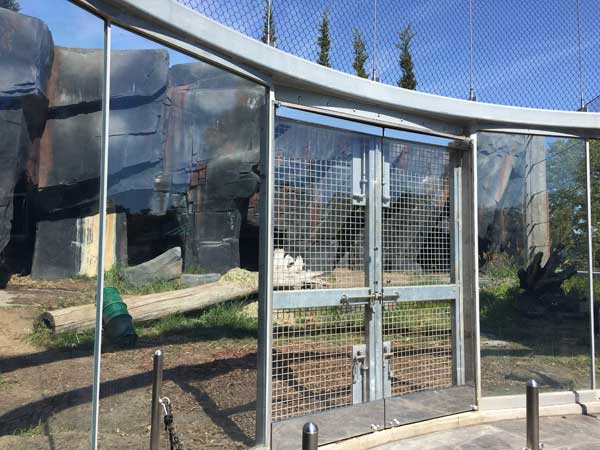
An Exciting Perspective
The final section is the Polar Bear Interaction Area, which allows guests to stand quite close to Kali. It’s another way to interact with the space and the animals. A mesh fence gives keepers a chance to educate visitors through direct connections with the polar bear. It’s so unlike the previous set-up for the exhibit, which set up a clear gap between human and animal. There are also attractive canopies that offer shade during the hot summer months.
You may notice that something’s missing from these photos. I visited several times around midday, and that is not the perfect time to view Kali. The best approach is visiting right when the park opens at 9 a.m. Crowds should be light, and you won’t face the risk of meeting a sleeping polar bear. Kali is currently the only occupant of this space, but it’s designed to support as many as five. More inhabitants should only enhance the impact of this massive exhibit.
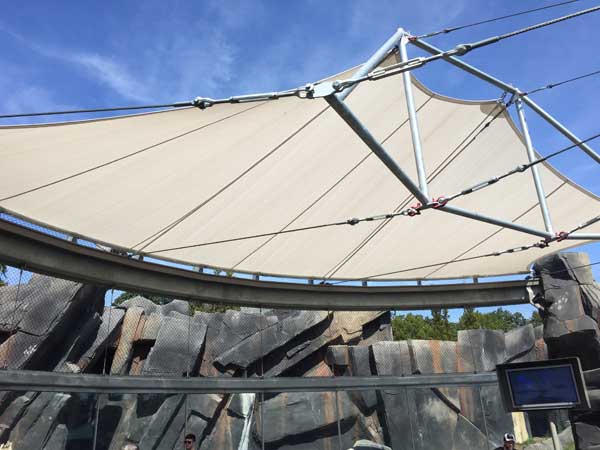
Tucked in the park’s northeast corner, Polar Bear Point should also better distribute crowds. The Sea Lion Sound and Fragile Forest draw guests to the middle, while the River’s Edge pulls them to the northwest. It’s part of the Living Promise Campaign, which looks to “create modern, dynamic exhibits” that enhance the visitor experience.
A Promising Future at Polar Bear Point
The next project is Grizzly Ridge, tentatively scheduled for 2017. Based on the animated preview, it should continue the trend of open viewing areas that bring you close to the action. These additional photos show even more details of the polar bear exhibit with a few extra shots of the wonderful Penguin & Puffin Coast.
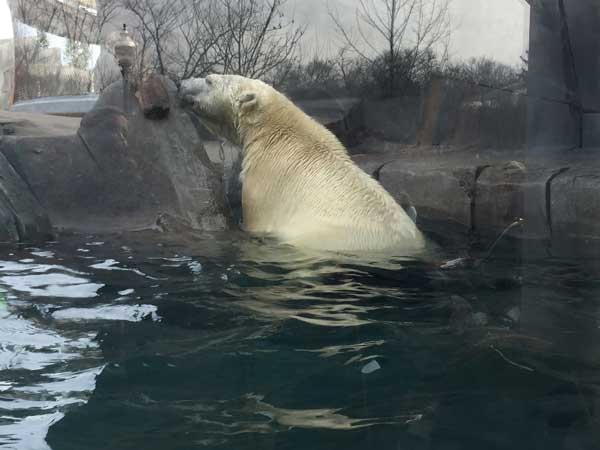
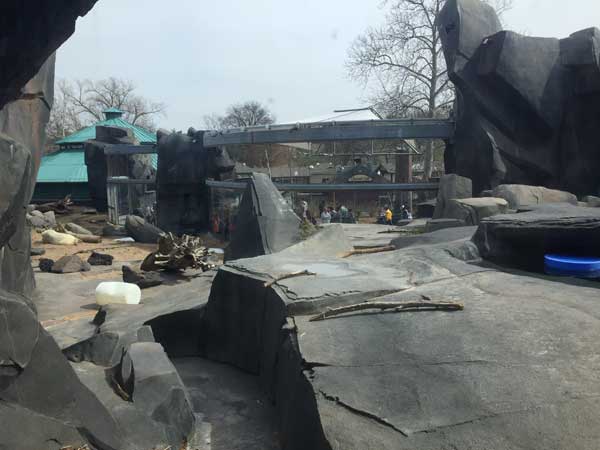
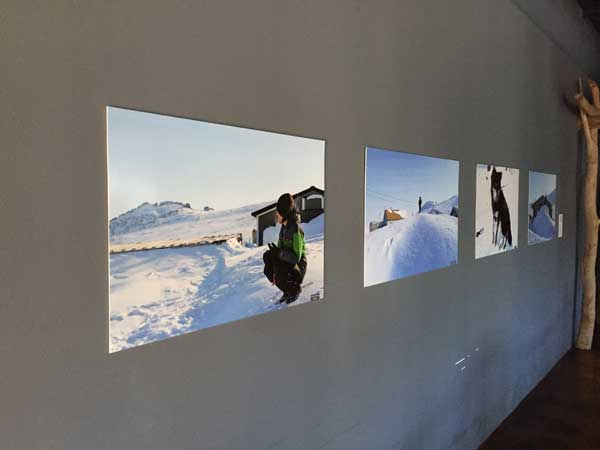
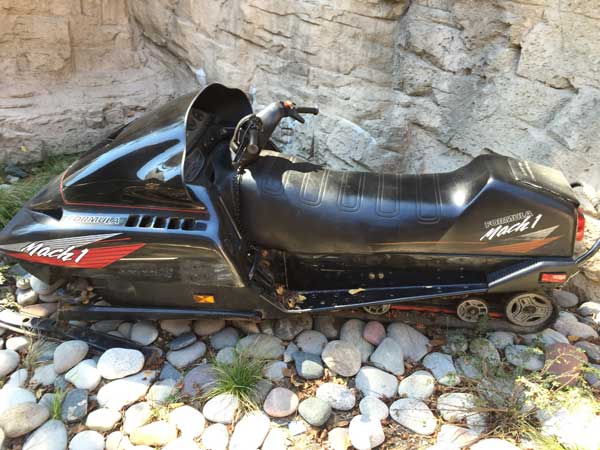
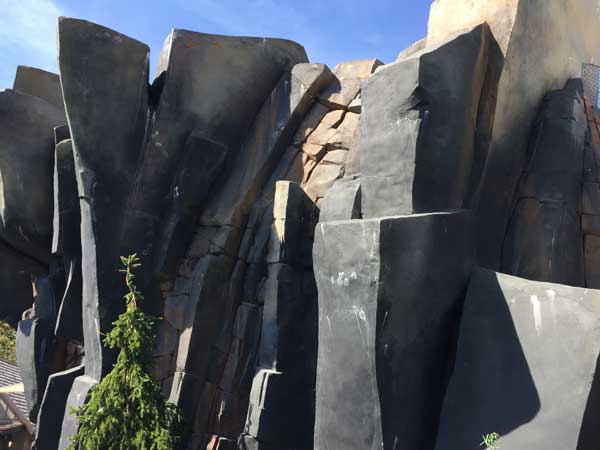
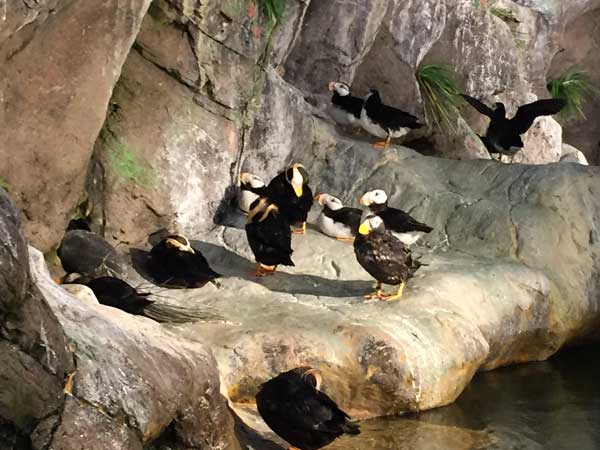
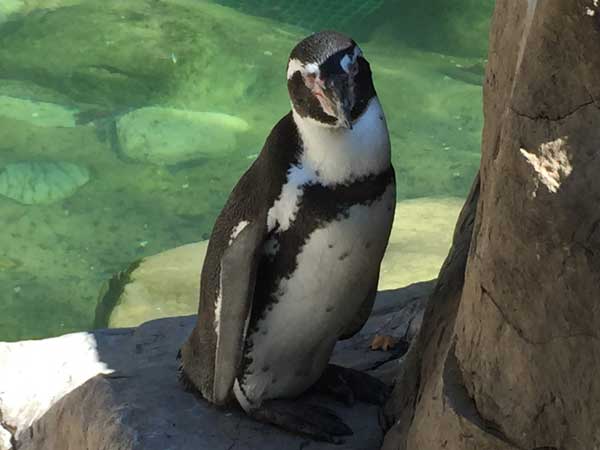
Sources: Saint Louis Zoo, STL Today
Related Articles: Polar Bear Point
Dole Whips in St. Louis? Here’s Where to Find Them
An Enjoyable Visit to Grant’s Farm in St. Louis



Leave a Reply